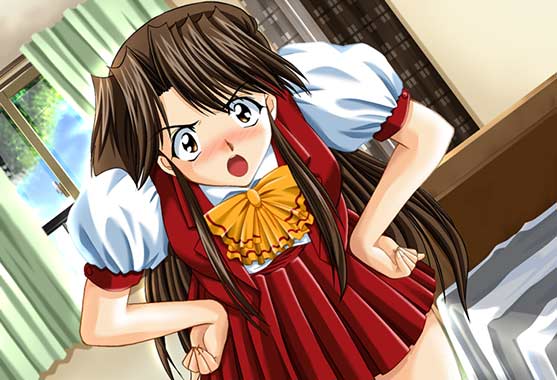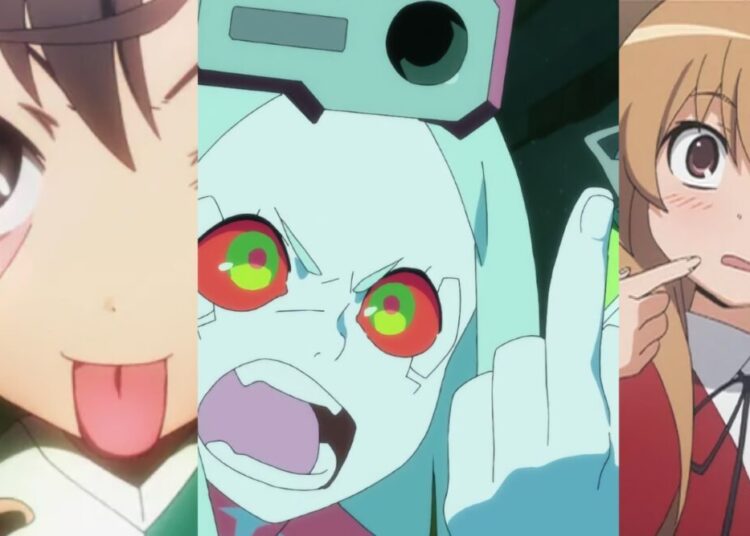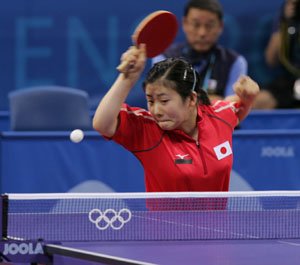It’s funny how how tenuous the meanings of seemingly basic words can be. In English, the word “friend” is pretty straightforward, meaning someone you are somewhat well acquainted or friendly with. Most of my English-speaking “friends” are close in age to me, but I certainly could have a friend who was 25, or 45, or 75 if I wanted to. It’s not uncommon for someone who is only a passing acquaintance to be labeled “friend,” too, for the sake of convenience or to avoid being rude. In Japanese, however, the word tomodachi (which literally means “those who you go with”) and it has a more “close” feel to it than the English word friend. Tomodachi in school years are almost always the same age; otherwise you’d use the term senpai (for upperclassman) or kouhai (for underclassman), which are quite different concepts in Japan’s vertically-oriented society. Once, my son was playing dodgeball with a boy he’d known since preschool — they’ve played together for years. I talked about the boy with my wife, using the word tomodachi to refer to my son’s friend. My wife corrected me, saying the boys weren’t friends in that sense, but were instead osana-najimi (o-SAH-NAH NAH-jee-mee), translatable as “childhood friend,” a concept that comes up in anime and bishoujo games quite a lot, referring to someone you’ve been very close to since childhood, and it seems to be both more and less than the English word friend. “An osana-najimi is different from tomodachi,” my wife explained to me. “They’re always there, and you don’t even notice them after a while. You get so used to being with each other, it’s like air.”
In anime and the games we publish, of course, osana-najimi are all over the place. The standard pattern is the girl who comes to wake you up every morning because you are too much of a sleepyhead to get up yourself.
















